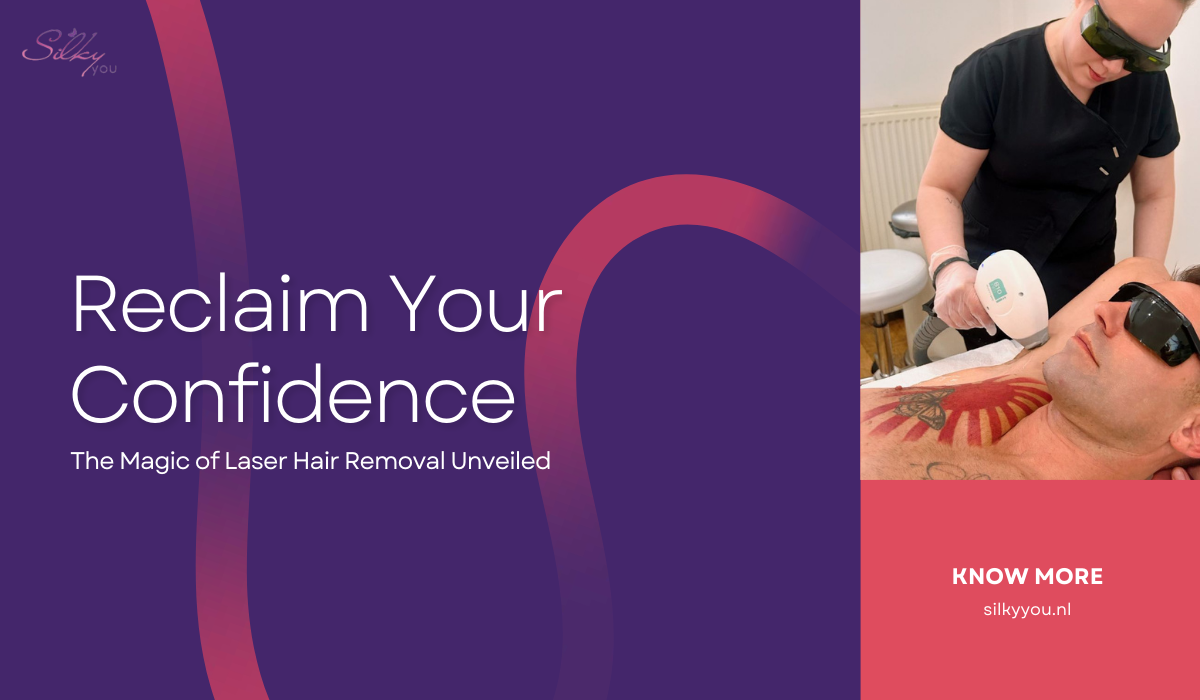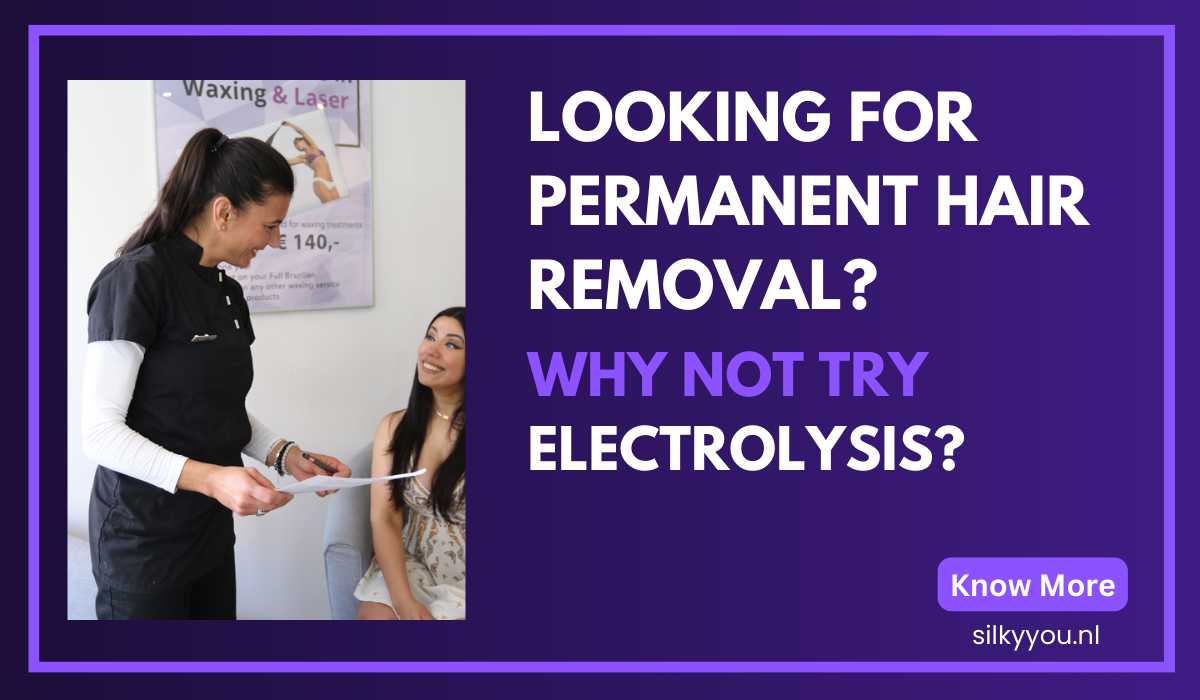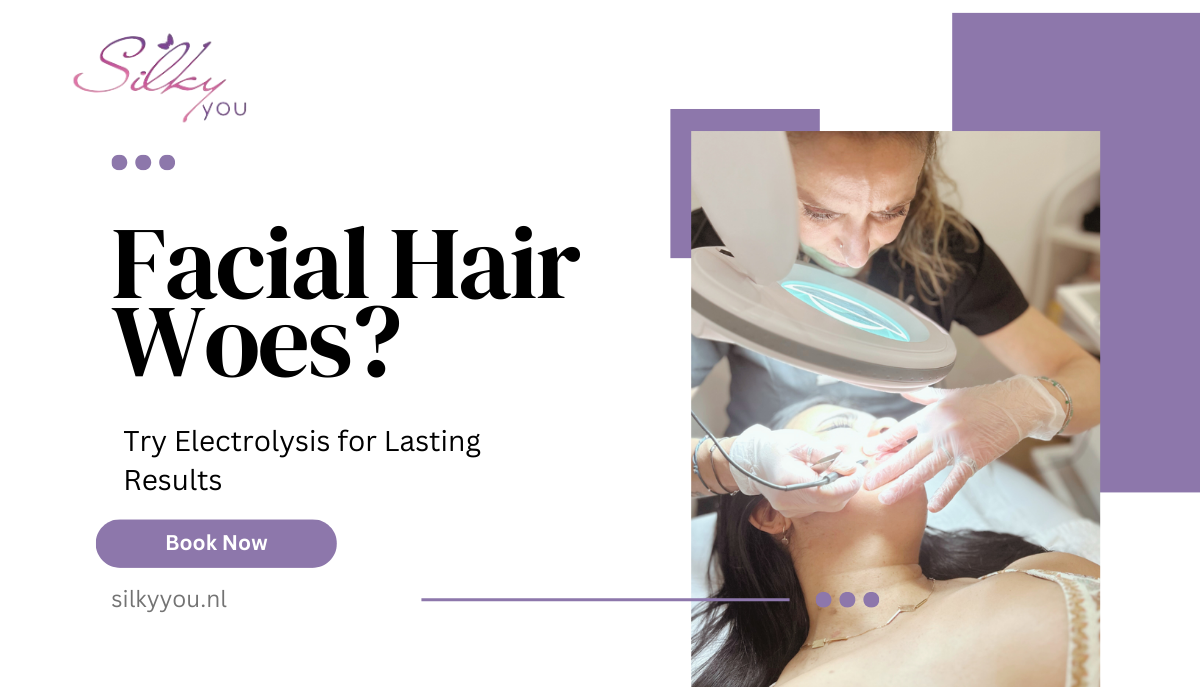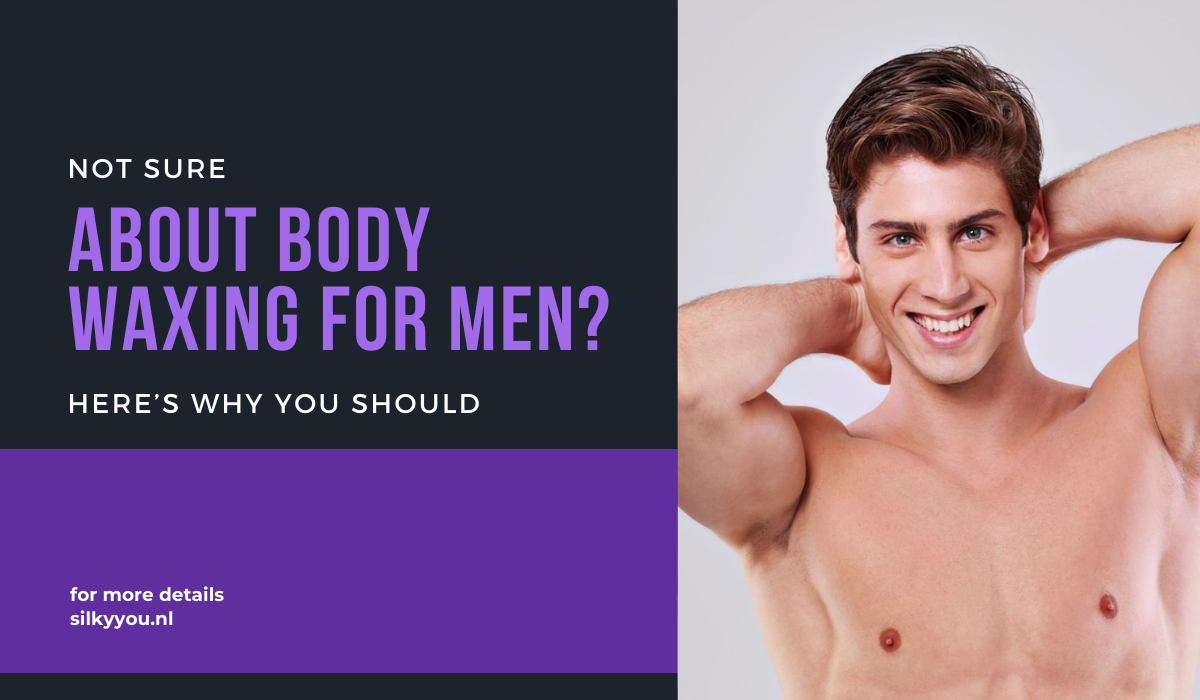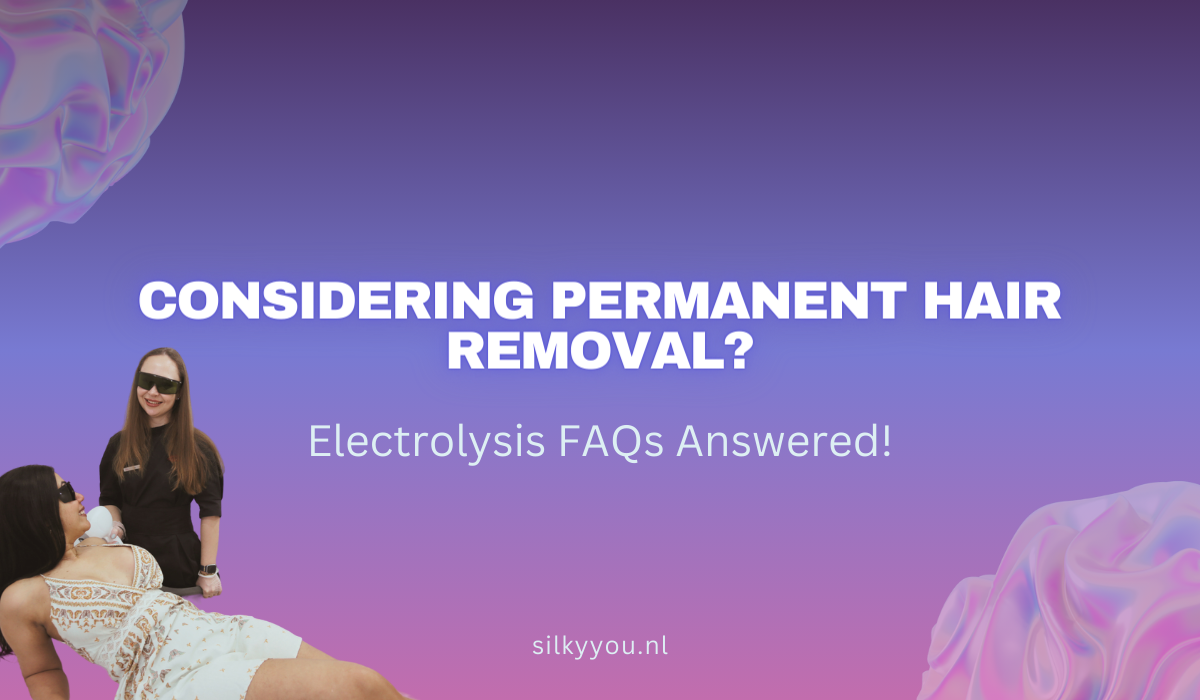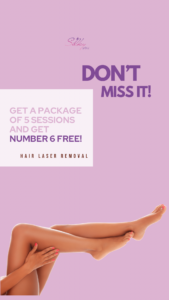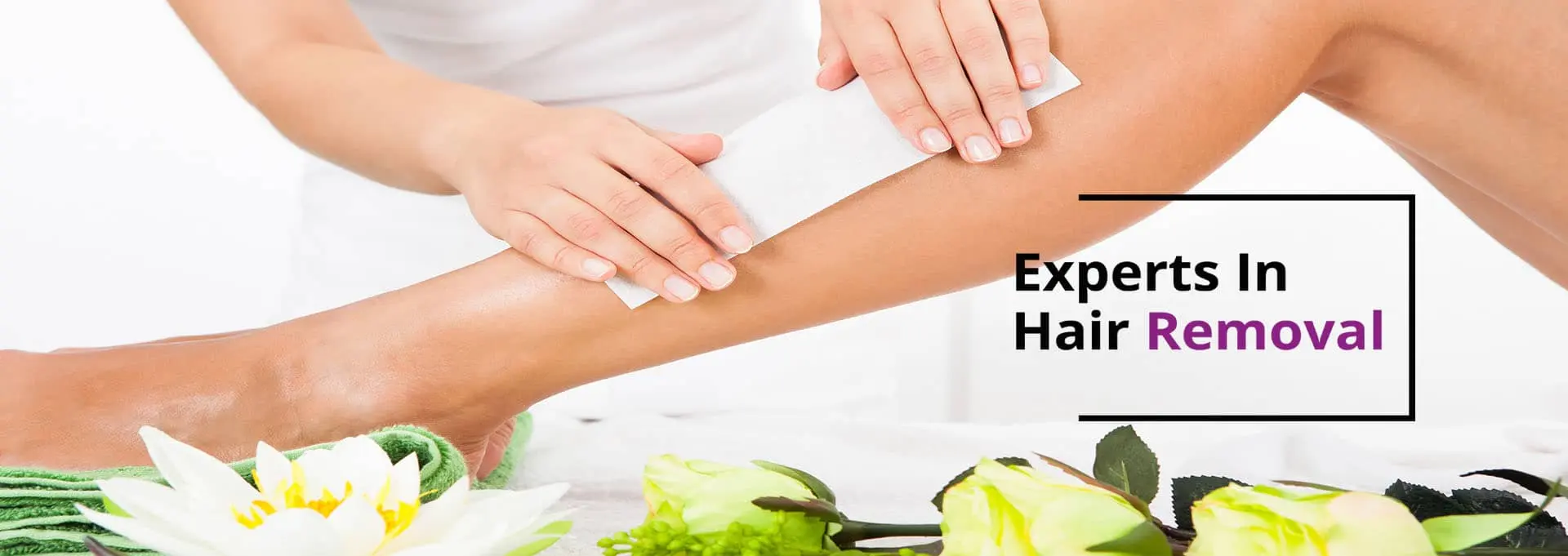
Expert Skin Care Advice
TIPS AND QUESTIONS ABOUT OUR TREATMENTS
Here in our tips section we have collected some tips that you can use as part of your pre-session preparation. Good preparation can greatly help the final result and make your treatment more enjoyable

-
Tips for perfect Waxing:
Tips to help you get the most from your waxing session Read More-
Exfoliate the skin
Exfoliate the skin with a good scrub at least once a week. Do it 48 hours before waxing and do it again, 3 days after waxing. -
Avoid using moisturizing cream
Avoid using any moisturizing cream or body oil in the hours immediately before waxing, so that the wax can adheres well to the hair, facilitating hair removal. -
If possible, take a bath
If possible, take a bath with warm water and neutral soap before waxing. The warm water causes pore dilation, allowing hair removal with less pain. After waxing, repeat the same procedure, but this time, with the water as cold as possible and neutral soap. -
Try to wear comfortable clothes
Especially after waxing when the skin is more sensitive, try to wearing comfortable and non-tight clothes, preferably clothes made from cotton that allow the skin to breathe. This minimises irritation and chances of ingrowing hairs. -
Avoid UV exposure for 48 hours
After waxing, avoid sun exposure for 48 hours, when the skin is more sensitive and delicate. For the same reason, also avoid the solariums. Swimming pools and Saunas should also be avoided in the 24 hours after waxing, when the pores are still open and more susceptible to inflammation. -
Do not use deodorant
After waxing your armpits, do not use deodorant, ideally for 24 hours to avoid the risk of burning or darkening the skin. -
Apply a moisturising cream
Apply a moisturising cream with soothing action or a gel with azulene to prevent ingrowing hairs in the days after hair removal. If possible, try to do this twice a day, helping your skin to recover and regenerate faster. -
Be careful if you already have skin problems
You should not be waxed if your skin has: acne, inflammations, infections, open or scarred scarring or any irritation from excess of sun. -
Do not mix facial treatments and waxing
VERY IMPORTANT: If you are doing acid-based facial or taking oral medication for the purpose of treating the skin by desquamation, hair removal is discouraged. -
Avoid acid based skin treatments
if you are using acid based skin treatment, we suggest discontinuing this for at least 7 days before waxing regardless of whether you intend to use hot or cold wax.
-
-
Waxing Questions
Answers to frequently asked questions from our customers Read More-
Does waxing attack the skin?
The most aggressive form of hair removal is shaving, because shaving causes micro aggression on the skin. The reason is not only the blade but also the fact that the person passes the blade in diverse directions across the skin, causing the hair to be carried from one side to the other. this encourages ingrowing hairs and in some cases feliculites. In this way, in addition to injuring the skin, these inflammations can still appear. -
Does waxing causes ingrowing hairs?
There are two main causes why women have ingrowing hairs. The first, when the woman has high level of male hormone, the second, when the hairs are curly. With wax depilation, the hair is plucked by the root, making the root successively weaker after each depilation. It's very important that the skin is moisturized and the dead cells (keratin layer) are removed. In this way the hair can easily break the skin and avoiding the ingrown hair. -
Does waxing causes varicose veins to appear?
Varicose veins are dilated and obstructed veins that have difficulty allowing a return blood flow and they have a very low hypodermis (the last layer of the skin). However, if there are ulcers and / or phlebitis, waxing is not recommended. -
After waxing my skin turned red, is it normal?
Yes, after waxing it is normal if the skin becomes red, especially in areas where the skin is more sensitive like the face, armpits and brasilian area. On your legs, after waxing it is normal if you feel itchy. This is because your blood circulation has been stimulated. -
Does waxing the upper lip and eyebrow with hot wax can cause flaccid skin?
Flaccidity is caused by weakening and consequently breaking the collagen and elastin fibers in your skin. This is not affected by the waxing process. To avoid/minimize the skin flacidity, you should avoid sun and infrared lamps (the ones that the solariums use), especially on the face where the skin is thinner and more delicate. Excessive exposure to UV radiation weakens the collagen and elastin fibers which support the skin. -
Should people who have skin problems not do waxing?
It depends. Each case is different. First we need to know and understand what type of problem or allergy we are talking about. In case of allergy, it's necessary to identify which substances are responsible for the allergy and then to ensure that the wax or any other product used in the process of waxing, doesn't contain the same substances. In cases of Atopic Eczema (Atopic Dermatitis), Psoriasis, and Acne, the inflammation areas should be avoided. -
Can waxing with hot wax darken or stain the skin?
Waxing with hot or cold wax, besides removing the hair by the root, also removes the layer of dead cells (keratin) that protect the skin. In this way, the skin becomes more sensitive and vulnerable to external factors, like for instance, sun exposure, solariums, saunas and deodorants (in the armpits case). Therefore, after waxing, you should have more care with areas that have been waxing, avoiding any aggression that may darken or stain the skin. -
Is waxing with hot wax less painful than with cold wax?
Yes. Hot wax encourages pore dilation, facilitating the extraction of the hair with less pain. -
How long do I have to wait until I can be waxed again?
When waxing, we also remove the corneal layer (dead cells) that protects the skin. Generally, the skin takes on average 28 days to recover after waxing. So it's important that you try to respect this interval as much as you can. -
After waxing, can tweezers be used to remove the remaining hairs?
Yes, no problem! The few hairs that have resisted waxing should be extracted with tweezers to leave a hair free surface. This is an essential part of the waxing service. Don´t be so afraid of tweezers! The pores are already dilated, so the extraction of these hairs should be easier. -
Is Roll-On waxing safe?
Roll-On wax is a disposable wax and it is safe. Like any other waxing service, hot or cold, the client should make sure that the wax used is disposable and not reused (no double dipping). -
Waxing and the Sun. What care should be taken?
Its always good practice to avoid excessive exposure to the sun, especially after waxing. The sun exposure should be avoided at least 24 hours before and after had waxing. Before waxing: the sun will burn and sensitize your skin, making it more fragile and reactive. Wax on sensitive skin may cause burns and/or dark spots. After waxing, the skin is more sensitive and vulnerable because we not only removed the hair, but also the corneal layer (layer of dead cells) that is the natural protection of the skin. In this way, when exposed to the sun, even with sunscreen, it can damage the skin causing stains, burns prematurely ageing the skin. WARNING: If you are heavily sun tanned by sun exposure or if you are using chemical products, when you do waxing with hot/cold wax, you run the risk of losing your tan or getting stained where the wax has been placed. -
Can I use anesthetic cream or pain killer before waxing?
Local anesthetics may be used, however we don't recommend these because in some cases they can cause allergic reactions. We also don't recommend using pain killers. Avoid taking any medication unless you really need it. -
I'm pregnant, can I do waxing?
There is no restriction for pregnant women being waxed and actually, it's safe up to the ninth month. However, there are some precautions that should be taken. With hot wax, special attention should be paid to the wax temperature. Women have enhanced sensitivity during pregnancy (which may increase closer to pregnancy) and excessive heat can traumatize the skin and leave marks. -
Can I be waxed during my period?
Yes you can. For the person doing the waxing there is no inconvenience when you are menstruating as long as you use a tampon. However, at this stage, and because most woman are more sensitive at this time, waxing may be more In the pre-menstrual phase, there is a progesterone increase, which can make the skin more sensitive and so if you are waxing at this time you may also feel more pain. Whenever possible, plan your waxing for post-menstruation. This is the stage where your estrogen level is high, a hormone responsible for making us more tolerant, which means less pain for you!
-
-
LASER QUESTIONS
Frequently asked questions about our laser treatment Read More-
How many treatments are needed to get a good permanent result?
As with all things related to skin, the answer is ... it depends. That is not a useful answer though. Typically we see permanent results in 8 - 10 sessions. The speed and effectiveness of a laser session is dependent on skin colour, hair colour and skin type, and in some cases the body area being treated. White skin dark hair shows the fastest results. Hair with low contrast (white skin/light coloured hair or dark skin dark hair) will take longer, and in some cases might not be appropriate for laser. The best way is to book a free assessment appointment and we can advise you before you begin. -
s there any preparation needed before a laser session?
Unlike other laser treatments or IPL, with our laser you should shave the to be treated area 1 to 2 days before your session date. This is the case with all your laser sessions. The laser hair removal process relies on there being almost no (length) of hair above skin level. This is used to guide the laser light down to the follicle. -
I heard that skin becomes light sensitive during the laser treatment period?
Its not that skin becomes light sensitive, but we do advise that 10 days before and after a treatment exposure to the Sun or UV light be minimised. When you do need to expose skin to sunlight in this period, a high sun factor cream should be used in the laser treated areas. -
Are there any times when I cannot be treated, such as when pregnant or during my period?
Periods are not a problem. During pregnancy we only laser upper body areas and not in the middle body. Lower legs are possible but upper legs are not. -
Are there any side effects from the treatment?
Many patients experience no side effects from laser treatment. Some patients do experience some soreness or redness within 24 hours after treatment. This is normal and fades after a few days. During your first laser session we will explain what to look for and you can contact us if pain or soreness persists. -
What if I have moles or skin blemishes, is that a problem?
We try to avoid shining laser light on skin moles and blemishes. We protect skin near the area to be treated so that light impact is minimised. -
What will happen to the hair that has been treated?
Normally the hair will fall out. You will notice this on towels and clothes during the treatment period. This is normal and indicates successful treatment. -
Is laser treatment painful?
You will experience some mild local pain because the treatment process heats up the hair root (follicle). This is better described as discomfort and not pain. During your first session your beautician will set the laser power to minimise pain., though the pain is not as intense as with waxing. -
Do I need to wear protective clothes or glasses
Yes, we will always insist you were our protective eye glasses. In addition, the beautician will cover your skin to ensure only the area being treated is exposed. Apart from that there is no special clothing requirement. -
How do I know if my hair and skin type is good for laser treatment?
We will invite you for an initial consultation session to evaluate your skin/hair type and explain the process to you. In addition to the hair/skin assessment, we will discuss your expectation of results and also body areas that you want to consider for treatment. -
How much time do I need between treatments, is there a minimum and maximum?
There should be a period of several weeks between treatments. This varies per body area. Face and head require the least time (5 weeks) and areas such as legs and torso the most (average 8 weeks). We can explain more when you come for your initial evaluation session.
-
Our Latest Blog
Reclaim Your Confidence: The Magic of Laser Hair Removal Unveiled
Thalyta – 9th July 2024
Are you tired of spending countless hours plucking, shaving, or unwanted hair? Do you dream of smooth, flawless skin without...
Read More
Looking for Permanent Hair Removal? Why Not Try Electrolysis?
Thalyta – 9th July 2024
In the quest for smooth, hair-free skin, many people turn to temporary solutions like shaving and depilatory creams. However, these...
Read More
Facial Hair Woes? Try Electrolysis for Lasting Results
Thalyta – 9th July 2024
Dealing with unwanted facial hair can be a persistent challenge, affecting both confidence and daily comfort. At Silky You in...
Read More
Shed Your Insecurities: Transform with Advanced Hair Removal Services!
Thalyta – 9th July 2024
Are you tired of constantly battling unwanted hair? Do you long for smooth, hair-free skin without the hassle of frequent...
Read More
Not Sure About Body Waxing for Men? Here’s Why You Should
Thalyta – 13th June 2024
If you're a man considering grooming options, Body Waxing for men in Amsterdam, Netherlands, might not be the first thing...
Read More
Considering Permanent Hair Removal? Electrolysis FAQs Answered!
Thalyta – 27th April 2024
Are you tired of constantly shaving, or plucking unwanted hair? If so, you may have considered permanent hair removal methods...
Read More

